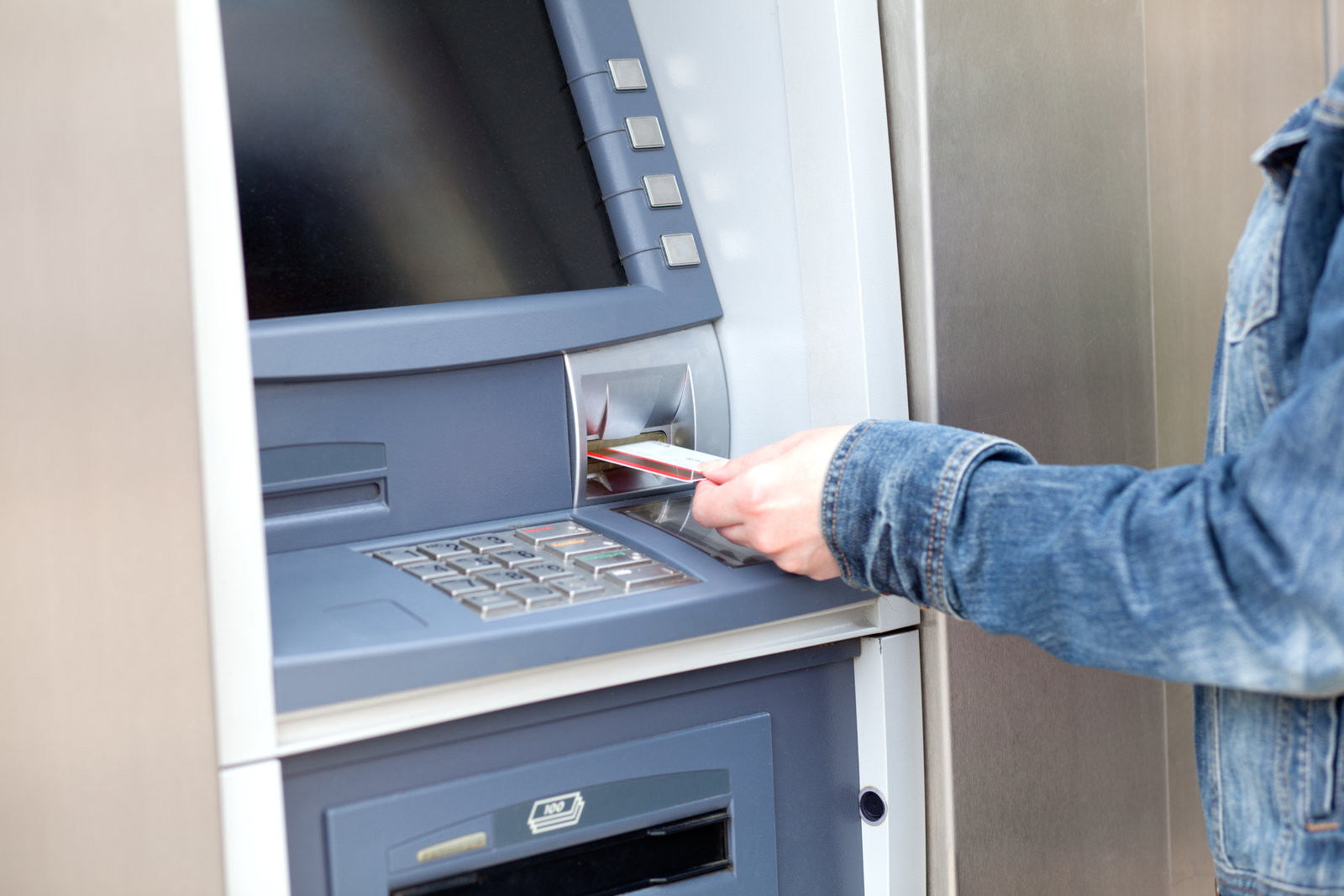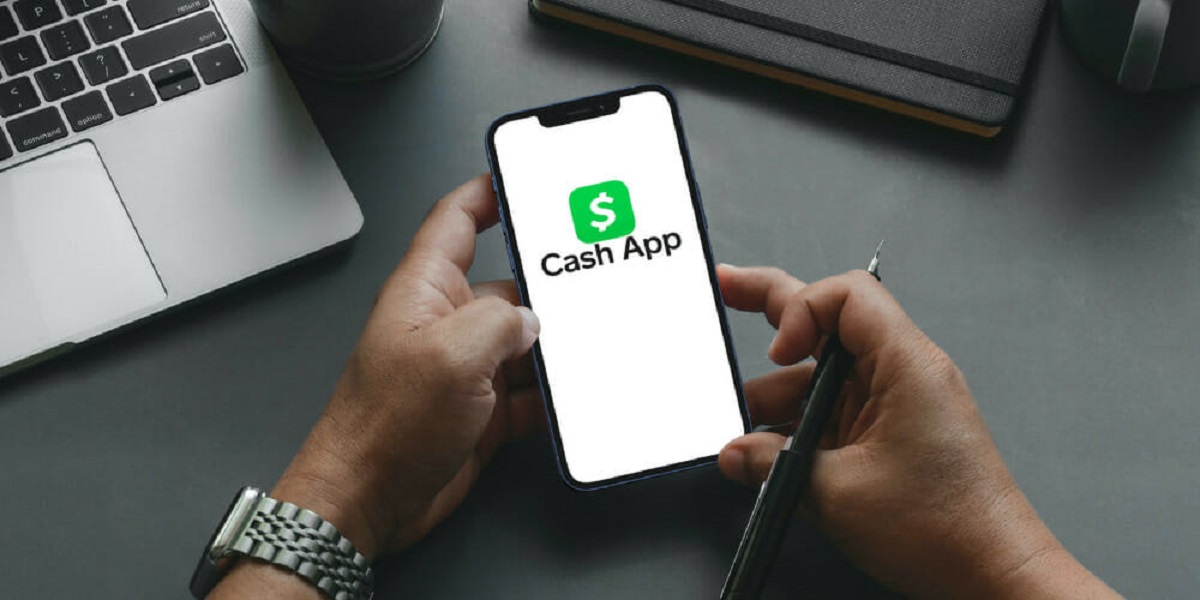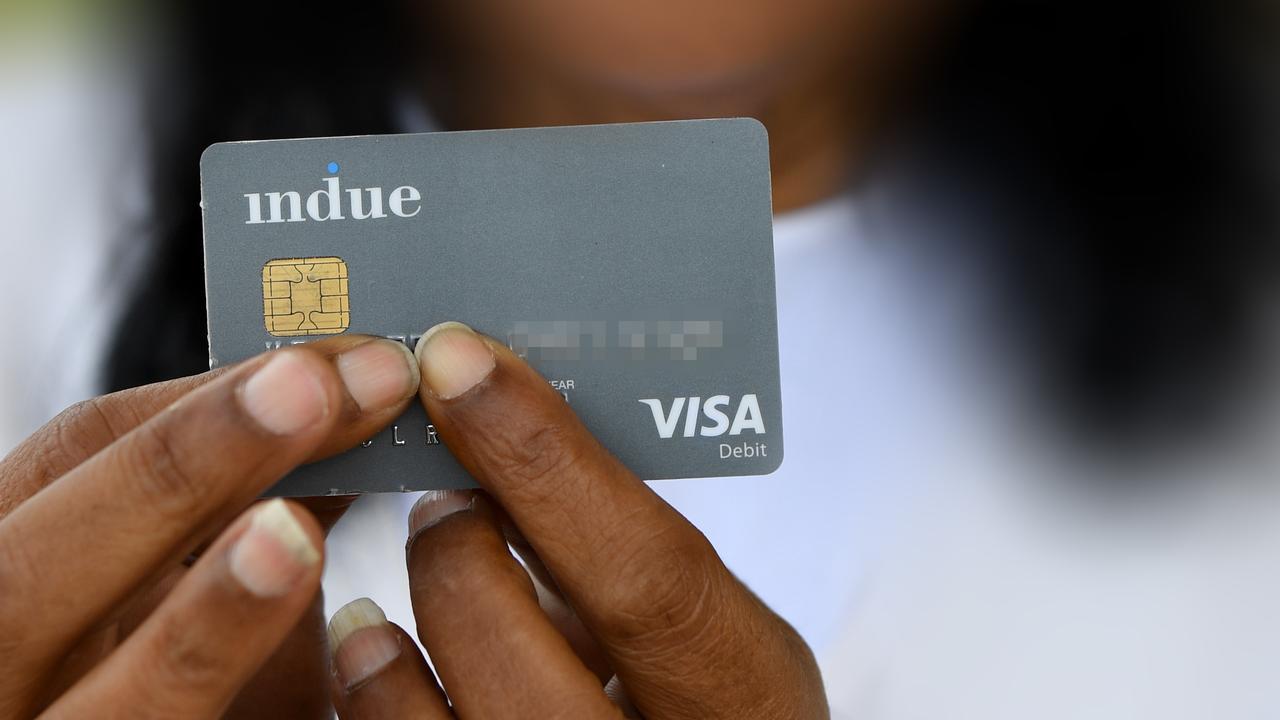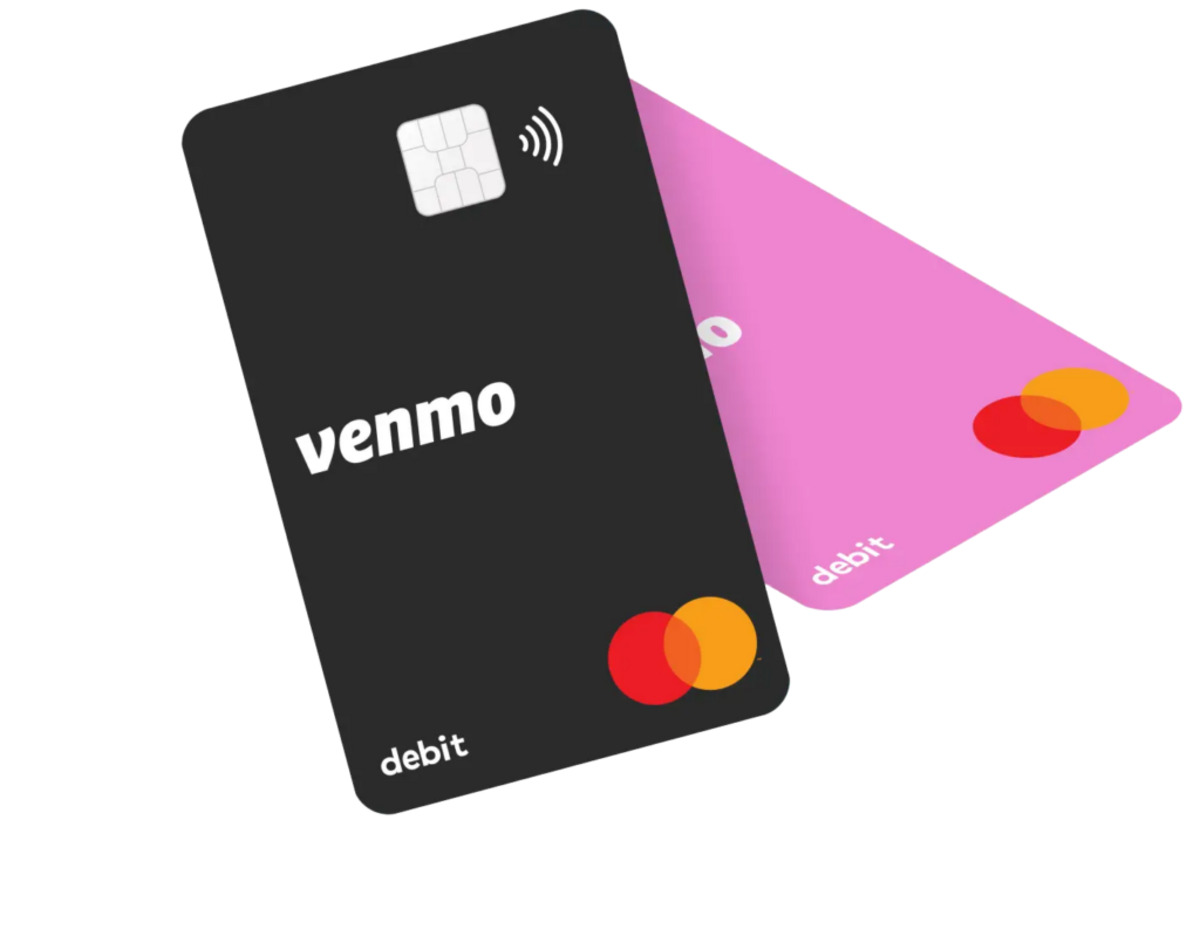Introduction
Welcome to the world of banking, where financial transactions are made easy and convenient. One fundamental concept in banking is the notion of debit. Whether you’re a seasoned account holder or just starting your financial journey, understanding what debit means and how it affects your banking experience is crucial.
Debit is a term that often comes up when discussing banking transactions, particularly in relation to debit cards. It plays a vital role in allowing individuals to access their funds and make purchases without the need for physical cash. But what exactly does debit mean?
In its simplest form, debit refers to the deduction of funds from a bank account. When a transaction is made using a debit card, the corresponding amount is immediately taken from the available balance in the associated bank account. In other words, when you use your debit card to pay for groceries or swipe it at an ATM, the funds are deducted from your account in real-time.
Understanding how debit works can help you better manage your finances and make informed decisions about your banking needs. In the following sections, we will delve deeper into the world of debit, exploring different types of debit transactions, the pros and cons of debit cards, as well as tips for using debit cards wisely.
So, let’s dive in and unravel the mysteries of debit. By the end of this article, you’ll have a comprehensive understanding of debit, allowing you to navigate the banking world with confidence and ease.
What is Debit?
In the context of banking, debit refers to the process of subtracting funds from a bank account. It is a fundamental concept that plays a crucial role in our everyday financial transactions. When we talk about debit, we often associate it with debit cards.
A debit card is a payment card that allows individuals to make purchases or withdraw cash directly from their bank accounts. Unlike credit cards, which allow users to borrow money, a debit card utilizes the funds that are already available in the linked account.
When you use a debit card for a transaction, the amount you spend is immediately deducted from your account balance. This deduction can happen in real-time, providing you with an accurate reflection of your available funds. As a result, you can only spend what you have, preventing you from accruing debt.
Debit cards are widely accepted in various establishments, including retail stores, restaurants, and online platforms. They offer a convenient and secure alternative to carrying cash, granting you easy access to your funds while ensuring a seamless shopping experience.
In addition to the traditional debit card, some financial institutions also offer virtual debit cards. These virtual cards are typically connected to your existing bank account and can be used for online purchases. They provide an added layer of security and eliminate the need to share your physical card details.
Understanding the concept of debit is essential for effectively managing your finances. By keeping track of your transactions, monitoring your account balance, and being aware of any fees or charges associated with debit card usage, you can stay in control of your spending and make informed financial decisions.
In the next section, we will explore how debit cards work in more detail, shedding light on the intricate processes and security measures that enable seamless transactions. So, let’s continue our journey into the world of debit!
Understanding Debit Cards
Debit cards have become an integral part of our modern banking experience. These plastic cards provide us with easy access to our funds and allow us to make purchases, withdraw cash, and perform various transactions without the need for physical money.
When you open a bank account, you are typically issued a debit card by the financial institution. This card is linked to your account and acts as a key to access your funds. It bears important information, including your name, card number, expiration date, and sometimes a security code.
Debit cards work by establishing a direct link between your card and your bank account. When you use your debit card for a purchase, the merchant’s payment processor sends a request to your bank to confirm whether you have sufficient funds to cover the transaction.
Upon verification, the funds are deducted from your account balance and transferred to the merchant. This process usually occurs instantaneously, allowing for quick and efficient transactions.
In addition to making purchases, debit cards can also be used to withdraw cash from ATMs. By inserting your card and entering your PIN (Personal Identification Number), you can access your account and withdraw the desired amount of money.
It’s important to note that while debit cards resemble credit cards in appearance, they function quite differently. When using a debit card, you are essentially using your own money, whereas credit cards allow you to borrow money from the card issuer. This key distinction ensures that debit card transactions are immediately reflected in your account balance, promoting responsible spending and avoiding the accumulation of debt.
Debit cards offer several advantages over other payment methods. They eliminate the need to carry cash and provide a convenient and secure way to make purchases. With the rise of contactless payment technology, you can even make transactions by simply tapping your card on a compatible payment terminal.
Furthermore, debit cards are widely accepted both domestically and internationally, making them a versatile tool for accessing funds and making payments wherever you go.
As we continue our exploration of debit, the next section will compare debit cards to credit cards to further clarify the unique features and benefits of using debit as a payment method. Stay tuned!
How Debit Cards Work
Debit cards have revolutionized the way we handle our finances, offering a convenient and secure way to access our funds and make payments. But have you ever wondered how exactly these cards work behind the scenes?
When you use a debit card for a transaction, a series of processes are set in motion to ensure a smooth and secure transfer of funds. Let’s break down how debit cards work step by step:
- Card Authentication: When you present your debit card for payment, the merchant’s payment terminal or online platform reads the card’s information and checks its validity. This includes verifying the card’s expiration date and security code.
- Authorization Request: Once your card’s information is authenticated, the merchant’s payment processor sends an authorization request to your bank. This request includes the transaction amount, merchant details, and other necessary information.
- Funds Verification: Upon receiving the authorization request, your bank verifies whether you have sufficient funds in your account to cover the transaction. This is done by checking your available balance and any applicable overdraft protection.
- Authorization Response: Once your bank has processed the authorization request, it sends a response back to the merchant’s payment processor. This response may include an approval, denial, or a request for further verification.
- Transaction Completion: If the authorization request is approved, the transaction is completed, and the funds are transferred from your account to the merchant’s account. This process typically happens in real-time, allowing for immediate deduction of funds from your account.
It’s important to note that while the authorization and verification processes happen quickly, it may take a few days for the transaction to be fully settled. During this settlement period, the merchant will receive the funds from your account and finalize the transaction.
In addition to the standard debit card transactions, some debit cards also offer overdraft protection that allows you to make purchases even if you don’t have enough funds in your account. However, it’s crucial to be aware of any fees or interest charges associated with this feature, as it can result in additional costs.
Debit cards also come equipped with security features to protect your funds and personal information. These include chip technology, which provides enhanced security against fraudulent transactions, as well as PINs (Personal Identification Numbers) that serve as an added layer of authentication.
Understanding how debit cards work enables you to use them confidently and take advantage of their convenience while staying vigilant about your account balance and transaction history.
In the next section, we will explore the differences between debit cards and credit cards, helping you determine which option best suits your financial needs. So, let’s continue our journey into the world of banking and payment methods!
Debit Card vs. Credit Card
When it comes to making purchases and managing our finances, we often have the choice between using a debit card or a credit card. While both options offer convenience and flexibility, there are key differences that make each suitable for different financial situations.
Let’s compare debit cards and credit cards to better understand their pros and cons:
Debit Cards:
A debit card is directly linked to your bank account and utilizes the funds that are already available to you. Here are some key characteristics of debit cards:
- Spending within Your Means: With a debit card, you can only spend what you have in your account. It encourages responsible spending as you cannot accumulate debt.
- Immediate Deduction of Funds: When you make a purchase with a debit card, the funds are immediately deducted from your account, providing you with an accurate reflection of your available balance.
- No Interest or Charges: Since you are using your own money, there is no interest or charges associated with debit card transactions.
- Limited Protection against Fraud: While debit cards offer some protection against unauthorized transactions, the liability for fraudulent charges may vary depending on your bank and the type of debit card you have.
Credit Cards:
A credit card, on the other hand, allows you to borrow money from the card issuer up to a certain credit limit. Here are some key characteristics of credit cards:
- Borrowing Power: Credit cards provide you with the ability to make purchases even if you don’t have the funds immediately available. You can repay the borrowed amount later, either in full or through monthly installments.
- Build Credit History: Responsible use of a credit card can help you establish or improve your credit score, which is important for future financial endeavors such as getting a loan or renting a property.
- Interest Charges and Fees: Using a credit card involves interest charges if you don’t pay off the full balance by the due date. There may also be annual fees, late payment fees, and other charges associated with credit card usage.
- Enhanced Fraud Protection: Credit cards typically offer robust fraud protection measures, including zero liability for unauthorized charges and the ability to dispute fraudulent transactions.
Choosing between a debit card and a credit card depends on your financial habits, goals, and circumstances. If you prefer spending within your means and avoiding debt, a debit card may be the better option. However, if you need flexibility in your purchases and want to build credit history, a credit card can be a valuable tool.
It’s important to always use both types of cards responsibly, keeping track of your spending, and paying off credit card balances on time to avoid interest charges and fees.
Now that we have compared debit cards and credit cards, let’s move on to the next section, where we will explore the pros and cons of using debit cards in more detail. Stay tuned!
Pros and Cons of Debit Cards
Debit cards have become an indispensable tool for managing our finances, offering a convenient and secure way to access our funds and make purchases. However, like any financial instrument, debit cards have their own set of advantages and disadvantages. Let’s explore the pros and cons of using debit cards:
Pros of Debit Cards:
- Convenience: Debit cards provide an easy and convenient way to make purchases without the need for physical cash. They are widely accepted, making it easy to access your funds and make payments both online and at various establishments.
- Spending within Your Means: With a debit card, you can only spend what you have in your account. This promotes responsible spending and helps you avoid accumulating debt.
- Immediate Deduction of Funds: When you use a debit card for a transaction, the funds are deducted from your account in real-time. This allows you to have an accurate reflection of your available balance and helps you manage your finances effectively.
- No Interest or Charges: Since you are using your own money with a debit card, there is no interest or charges associated with transactions. This can save you from incurring debt and paying interest fees.
- Enhanced Security Measures: Debit cards come equipped with security features such as chip technology and PIN authentication, which provide an added layer of security against fraudulent transactions.
Cons of Debit Cards:
- Limited Fraud Protection: While debit cards offer some level of protection against unauthorized transactions, the liability for fraudulent charges may vary depending on your bank and the type of debit card you have. It’s important to monitor your account regularly and report any suspicious activity promptly.
- No Grace Period for Payments: Unlike credit cards, where you have a grace period before interest charges apply, debit card transactions are deducted immediately. This means you do not have the flexibility to delay payment or take advantage of interest-free periods.
- Potential Overdraft Fees: If you make a purchase or withdraw cash with your debit card that exceeds the available balance in your account, you may incur overdraft fees. It’s essential to be mindful of your account balance and have sufficient funds to cover your transactions.
- Not Ideal for Building Credit: Unlike credit cards, using a debit card does not help you build credit history. If establishing or improving your credit score is a priority, you may need to consider using credit cards responsibly in addition to your debit card.
Understanding the pros and cons of using debit cards allows you to make informed decisions about your financial transactions. By leveraging the convenience and security of debit cards while being mindful of their limitations, you can effectively manage your finances and make the most of your banking experience.
In the next section, we will explore the different types of debit transactions and understand how they contribute to our day-to-day financial activities. So, let’s continue our journey into the world of debit!
Different Types of Debit Transactions
Debit cards offer a variety of ways to access and use your funds, providing flexibility and convenience in your day-to-day financial transactions. Understanding the different types of debit transactions can help you make informed decisions and utilize your debit card to its fullest potential. Here are the various types of debit transactions:
- Point-of-Sale (POS) Transactions: This is the most common type of debit transaction. It involves using your debit card to make a purchase at a physical store or merchant’s location. You simply present your card, either by swiping, inserting it into a card reader, or tapping it on a contactless payment terminal, and authorize the transaction using your PIN or a signature.
- Online Purchases: Debit cards can also be used for making secure online purchases. When shopping on e-commerce websites, you enter your card details, such as the card number, expiration date, and security code, to complete the transaction. Some debit cards may also have a secure authentication process, such as Verified by Visa or Mastercard SecureCode, for added security.
- Automatic Bill Payments: Many people choose to set up automatic bill payments using their debit cards. This allows recurring bills, such as utility bills or subscriptions, to be deducted automatically from your bank account. It’s a convenient way to ensure timely payments without the need for manual intervention each time.
- ATM Withdrawals: Debit cards enable you to withdraw cash from automated teller machines (ATMs). You insert your card into the ATM, enter your PIN, and select the amount you wish to withdraw. Some ATMs may charge a fee for using a card issued by a different bank, so it’s advisable to use ATMs affiliated with your own bank to avoid unnecessary charges.
- Cash Back at Point of Sale: Many retailers allow you to get cash back when making a purchase with your debit card. This feature allows you to obtain cash directly from your bank account during a point-of-sale transaction, eliminating the need to visit an ATM.
- Peer-to-Peer (P2P) Payments: With the rise of digital payment platforms, some debit cards offer the ability to transfer funds directly to other individuals. By linking your debit card to popular payment apps like Venmo or PayPal, you can easily send or receive money from friends, family, or acquaintances.
These are just a few examples of the different types of debit transactions available to debit cardholders. It’s important to review your bank’s policies and the terms associated with your specific debit card to understand any limitations or fees that may apply to certain transaction types.
By familiarizing yourself with the various ways you can use your debit card, you can leverage its versatility to make seamless transactions, access cash when needed, and manage your finances efficiently.
As we move forward, we will explore common debit card fees that you should be aware of to ensure that you are informed and can make wise financial decisions. So, let’s continue our exploration of debit cards!
Common Debit Card Fees
While debit cards offer convenience and accessibility, it’s important to be aware of the potential fees associated with their usage. Familiarizing yourself with common debit card fees allows you to understand the costs involved and make informed financial decisions. Here are some common debit card fees to be mindful of:
- Overdraft Fees: If you attempt to make a purchase or withdraw cash with your debit card that exceeds the available balance in your account, you may incur an overdraft fee. This fee is charged when your bank covers the transaction amount, effectively lending you the funds to complete the transaction.
- Non-Sufficient Funds (NSF) Fees: Similar to overdraft fees, NSF fees are charged when you don’t have enough funds in your account to cover a transaction, and your bank declines the transaction. It’s important to closely monitor your account balance to avoid NSF fees.
- ATM Fees: Some banks charge fees for using ATMs that are not affiliated with your bank’s network. These fees can be incurred when you withdraw cash, check your account balance, or perform other transactions at non-affiliated ATMs. To avoid these fees, use ATMs that are within your bank’s network or look for fee-free ATMs.
- Card Replacement Fees: If your debit card is lost, stolen, or damaged, your bank may charge a fee to replace it. It’s important to keep your debit card in a safe place and report any issues immediately to minimize the risk of incurring this fee.
- Foreign Transaction Fees: When using your debit card for transactions in a foreign country or with a foreign merchant, you may be subject to foreign transaction fees. These fees typically apply to currency conversion and can vary depending on your bank. It’s advisable to check with your bank to understand the fees associated with international transactions.
- Inactivity Fees: Some banks impose inactivity fees on accounts that have no activity within a specified period. This fee is usually charged if you do not use your debit card for a certain length of time. To avoid this fee, ensure you use your debit card regularly or check with your bank on their policy regarding inactivity fees.
It’s important to note that not all banks charge the same fees, and fee structures can vary. Therefore, it’s essential to carefully review your bank’s fee schedule and terms and conditions, so you are aware of any charges that may apply to your debit card usage.
To minimize or avoid fees, consider using your bank’s affiliated ATMs, maintaining a sufficient account balance, monitoring your transactions regularly, and being mindful of your spending habits.
Now that we have explored common debit card fees, let’s move on to discussing how you can ensure the safety and security of your debit card transactions. Stay tuned!
Debit Card Safety and Security
With the increasing reliance on debit cards for our financial transactions, it’s crucial to prioritize their safety and security. By taking proactive measures, you can protect your sensitive information and minimize the risk of fraudulent activities. Here are some essential tips for ensuring the safety and security of your debit card:
- Safeguard Your Card: Keep your debit card in a safe and secure place, such as a wallet or a cardholder. Treat it as you would treat cash and avoid leaving it unattended or easily accessible to others.
- Memorize Your PIN: Avoid writing down your Personal Identification Number (PIN) and instead commit it to memory. Do not share your PIN with anyone, and when entering it, ensure that it is not visible to others.
- Monitor Your Account Regularly: Keep a close eye on your account activity by regularly reviewing your bank statements, transaction history, and online banking activity. Report any suspicious or fraudulent transactions to your bank immediately.
- Protect Your Personal Information: Be cautious when sharing your debit card details, especially online. Only provide your card information on secure and trusted websites. Avoid sharing your card details through email or unsecured channels.
- Be Wary of Skimming Devices: Be vigilant when using your debit card at ATMs or point-of-sale terminals. Look for any signs of tampering or additional devices attached to card readers. If something seems suspicious, do not use the compromised device and report it to the appropriate authorities.
- Enable Notifications: Take advantage of your bank’s notifications and alerts feature. By enabling real-time notifications for transactions, you can quickly detect any unauthorized activity on your debit card.
- Update Your Contact Information: Ensure that your bank has your current contact information on file. This will enable them to reach you promptly in case of any suspicious activity or to provide important updates regarding your debit card security.
- Use Secure Online Platforms: When making online purchases, verify that the website is secure by looking for “https://” in the URL and the padlock symbol in the browser. Avoid making transactions on untrusted or suspicious websites.
- Report Lost or Stolen Cards Immediately: If you misplace your debit card or suspect it has been stolen, contact your bank immediately to report it. This will allow them to freeze your card and prevent unauthorized access to your funds.
- Keep Your Software Updated: Ensure that the software on your devices, such as smartphones or tablets, is up to date. This includes operating systems, browsers, and security software, as updates often contain vital security patches.
By following these safety and security tips, you can mitigate the risk of falling victim to fraudulent activities and protect your debit card and finances. It’s important to remain vigilant and proactive in safeguarding your information to ensure a secure banking experience.
In the next section, we will provide valuable tips for using debit cards wisely, allowing you to make the most of your banking transactions while maintaining financial responsibility. So, let’s explore these tips together!
Tips for Using Debit Cards Wisely
Using a debit card can provide convenience and flexibility in managing your finances. To make the most of your debit card while maintaining financial responsibility, here are some valuable tips to keep in mind:
- Create a Budget: Establish a budget to track your income and expenses. This will help you allocate your funds wisely and avoid overspending, ensuring that you have enough money in your account to cover necessary expenses.
- Monitor Your Account Regularly: Keep a close eye on your account activity. Review your bank statements, transaction history, and online banking activity on a regular basis. This allows you to detect any errors, unusual charges, or unauthorized transactions promptly.
- Avoid Unnecessary Fees: Familiarize yourself with your bank’s fee schedule and policies. Be mindful of potential fees, such as overdraft fees, ATM fees, and replacement card fees. Minimize these charges by staying within your account balance and using your bank’s affiliated ATMs.
- Use Online and Mobile Banking: Take advantage of the convenience of online and mobile banking services provided by your bank. This allows you to monitor your account, check your balance, and perform transactions securely from the comfort of your own home or while on the go.
- Set Up Account Alerts: Utilize your bank’s alert features to receive notifications for account balances, transactions, and any suspicious activity. This provides an extra layer of security and helps you stay informed about your account activity.
- Avoid Sharing Personal Information: Be cautious about sharing your debit card details, especially online. Only provide your card information on trusted and secure websites. Keep your card number, expiration date, and security code private to prevent unauthorized use.
- Choose Strong PINs: Select a unique and strong PIN for your debit card. Avoid common patterns or easily guessable numbers, such as your birthdate or consecutive numbers. Memorize your PIN and avoid writing it down or sharing it with others.
- Be Wary of Phishing Attempts: Be cautious of emails, phone calls, or text messages asking for your debit card information or personal details. Legitimate organizations will never ask for such information through these channels. If in doubt, contact your bank directly using their official contact information.
- Keep Track of Recurring Payments: If you have set up automatic bill payments with your debit card, regularly review and update the list of recurring payments. This ensures that you are aware of the charges and can make adjustments as necessary.
- Stay Educated: Stay informed about the latest security practices and fraud prevention techniques. Keep up with your bank’s updates and security guidelines to protect yourself against emerging threats and stay one step ahead of potential scams.
By incorporating these tips into your debit card usage, you can make informed financial decisions, protect your funds, and make the most of the convenience that debit cards offer.
Now that you are equipped with these guidelines, you can confidently navigate the world of debit cards. Let’s conclude our exploration, armed with the knowledge of how to use debit cards wisely and responsibly!
Conclusion
Debit cards have revolutionized the way we handle our finances, providing us with easy access to our funds and a convenient way to make purchases. Understanding what debit means in the context of banking and how debit cards work empowers us to make informed financial decisions and manage our money effectively.
We’ve explored various aspects of debit cards, including the different types of debit transactions, the pros and cons of using debit cards, common fees to be aware of, and essential tips for using debit cards wisely. By grasping these concepts and following best practices, we can maximize the benefits of debit cards while minimizing potential risks.
Remember to monitor your account regularly, safeguard your card and personal information, and make wise financial choices within your means. Set a budget, track your spending, and stay vigilant against fraud attempts.
Whether you prefer using your debit card for point-of-sale transactions, online purchases, or ATM withdrawals, understanding the intricacies of debit cards enables you to navigate the world of banking and payment methods with confidence and ease.
As technology advances and the financial landscape evolves, it’s important to stay up to date with the latest security measures and scams. Keep educating yourself on best practices, utilize your bank’s resources, and stay informed about new developments in the field of debit cards.
With these insights and actions, you can continue to enjoy the convenience, accessibility, and security that debit cards bring to your financial life. So go forth, make smart financial decisions, and leverage the power of debit cards to enhance your banking experience!

























